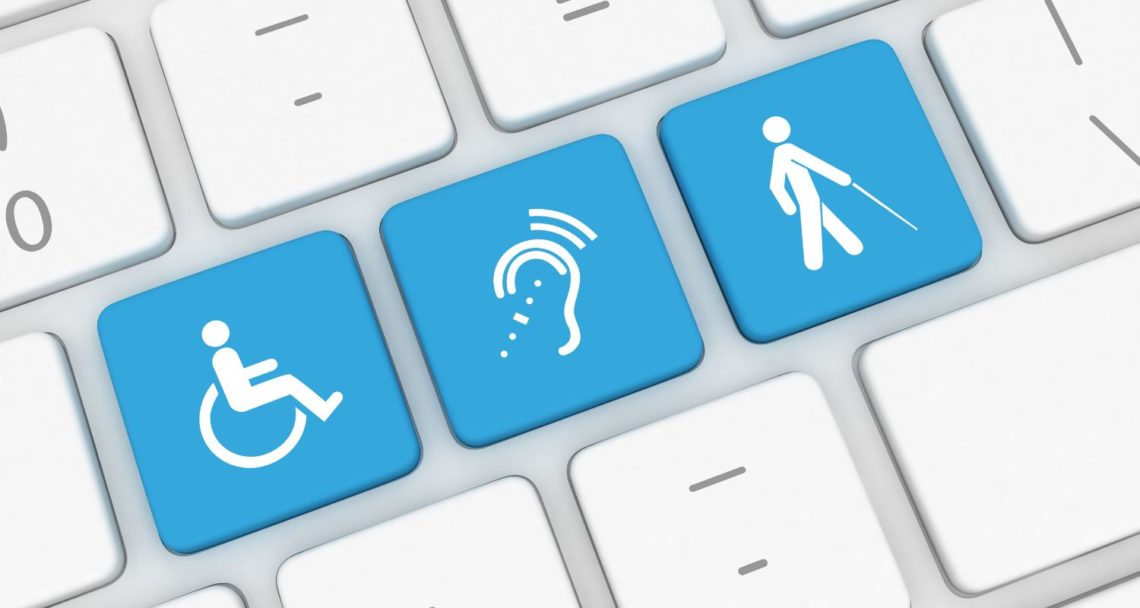Knowing your rights when it comes to hearing loss is an important way to support and prioritize your hearing needs. Learning about the resources, services, and rights that you have empowers you as you navigate everyday life. It also increases accessibility of public spaces and supports your hearing in a range of environments. This includes work environments, traveling, accessing technologies and much more. Key rights and resources to know about include the following:
- Americans with Disabilities Act (ADA): The ADA, passed in 1990, is widely considered to be one of the most important pieces of civil rights legislation. Key rights that the ADA provides are:
- Prevents discrimination on the basis of disability. The ADA defines a disability as a physical or mental condition that affects major life activities. Hearing loss is included in this definition.
- Workplace accommodations. The ADA requires employers as well as public institutions to provide accommodations and alternatives which increase accessibility.
Public settings are required to be accessible for people with disabilities. For people with
hearing loss, public spaces are required to provide additional communication tools or access points. The ADA specifically states any public space, “where audible communication is used to provide direction or critical information, an assistive listening system is required to be provided for people with hearing loss”. In addition to this crucial requirement, the ADA also outlines accessibility around telecommunications. For example, phone companies are required to provide closed captioned services.
- Hearing Loops: hearing loops are a common assistive listening device (ALD) that public venues use to increase accessibility. Places like banks, airports, theaters, classrooms etc. use hearing loops to amplify sound for people with hearing challenges. Soundwaves from an audio source in these spaces (microphone, telecom etc.) emit a current. Hearing aids that have the telecoil feature, can then tap into this current which allows the device to directly connect to the audio. This then allows hearing aids to adjust that sound in specific ways to meet the wearer’s needs.
- Hearing Aid Compatibility Act (HAC): this act is especially important for telephone use. Coming into effect in 1988, the HAC requires the FCC (Federal Communications Commission) to ensure that phones are hearing aid compatible. As telephones have experienced significant innovation since the 80s, this law has been updated to respond to these advancements. Updated requirements include mandating that mobile service providers have met standards around accessibility for smartphones for example.
- 21st Century Communications and Video Accessibility Act (CVAA): the CVAA was established in 2010 to expand the telecommunication standards outlined by the ADA in the 1990s. The CVAA addresses the innovations in communication technologies and platforms by requiring:
- Closed captioned services are required on all devices that are 13 inches and smaller (laptops, smartphones, tablets etc) as well as on devices that are used to record shows and movies (DVRs for example).
Communication platforms like email and instant messaging are required to meet accessibility standards.
- Air Carriers Access Act (ACAA): the ACAA focuses on accessibility and travel. It requires airports and airline companies to comply with accessibility standards including:
- Services related to traveling like making reservations or receiving flight updates are required to be accessible to people with hearing challenges.
- Travelers need to be able to access services like safety assistants.
- Screens that display flight information in airports and on airplanes must provide closed captions.
- Permits traveling with service animals for people with disabilities.
The ACAA also prohibits airlines from discrimination based on diasbility.
These rights and resources increase accessibility, supporting people with hearing loss navigate a range of environments with much more ease and capacity. It is important for you to be aware of your rights and the services you can access to support your hearing health. Public spaces can present challenges for people with hearing loss so fully utilizing what is available to you can address and alleviate these challenges.
Contact us today to learn more about the rights, resources, and services you can access to optimally support your hearing health. Accessibility and being able to comfortably move through public spaces is incredibly important. Our practice is committed to empowering you with all of the information and technologies you need to live actively.

